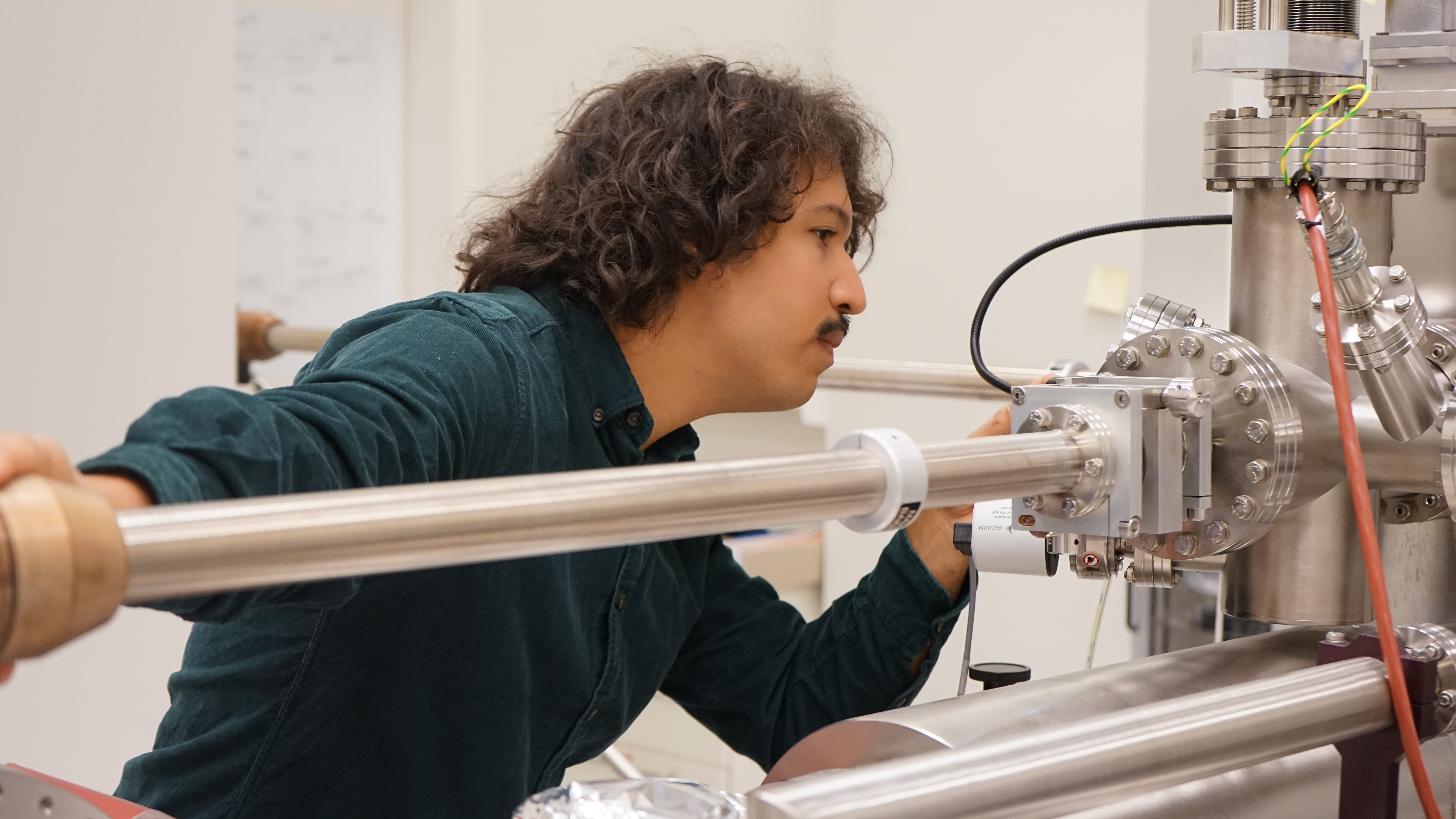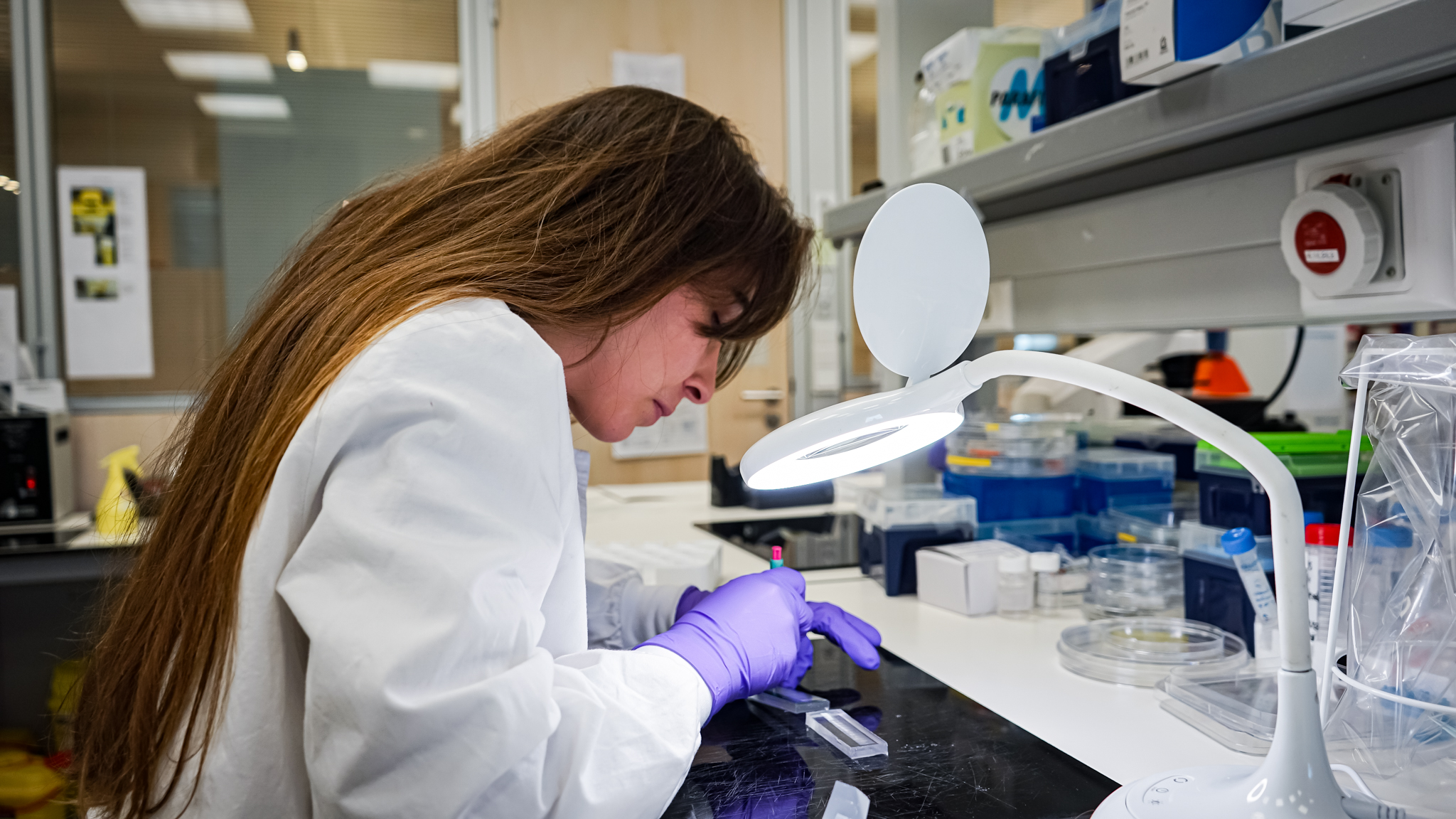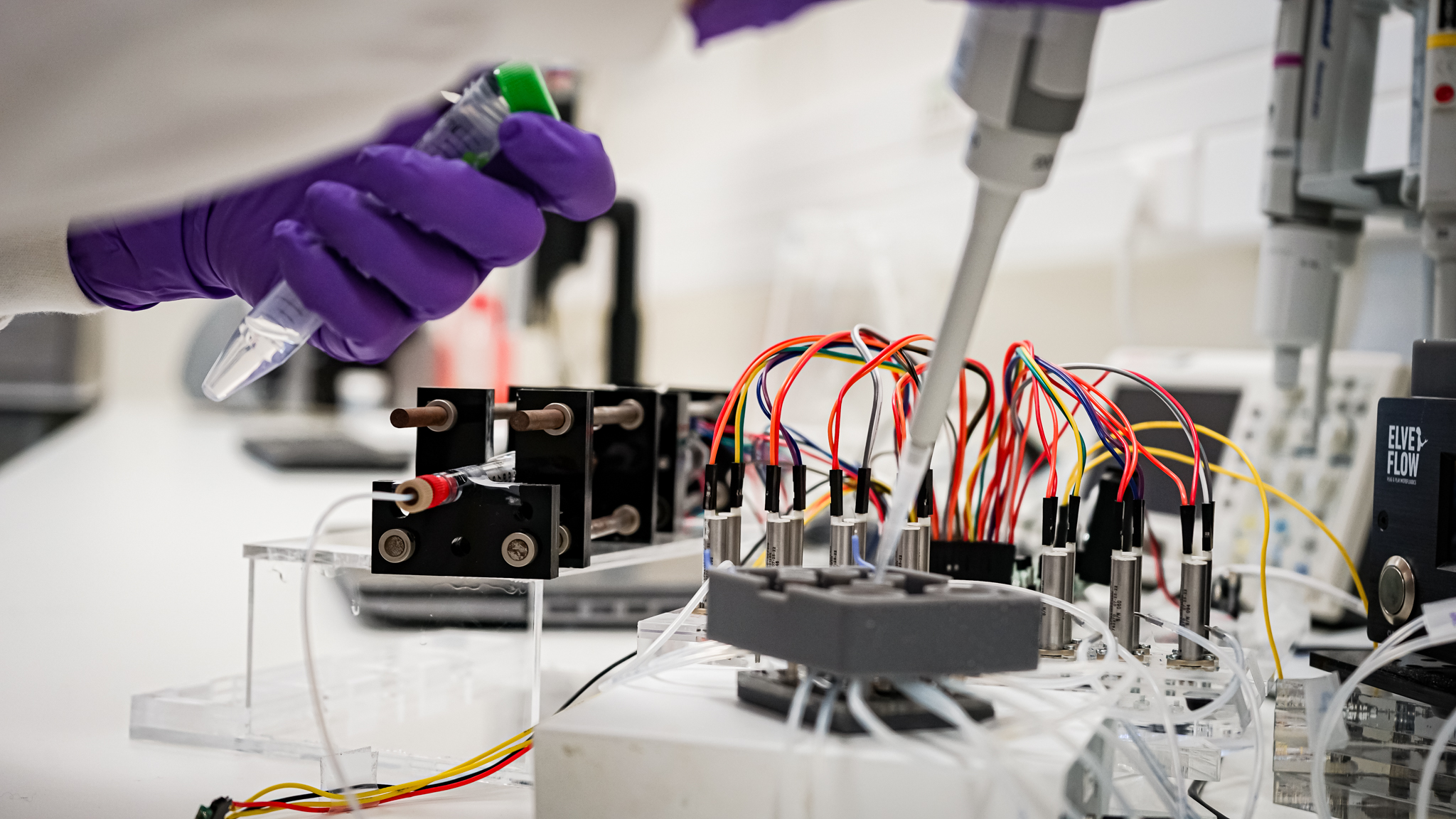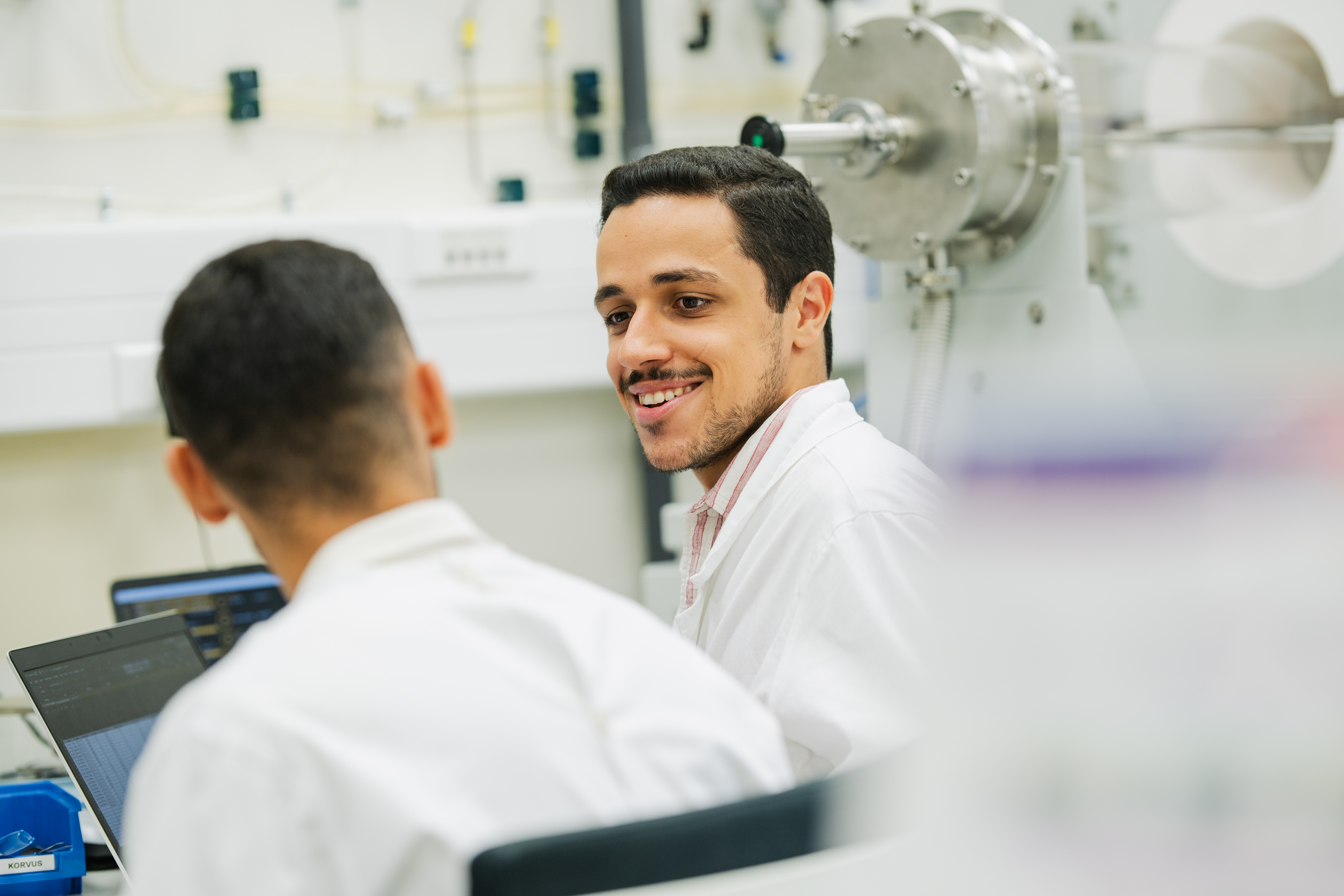
INL researchers innovating in next-generation solar power
April 23, 2024
Solar cells, also known as photovoltaic cells, directly convert sunlight into electricity. The most prevalent type, crystalline silicon photovoltaic cells, found in commercially available solar panels, benefit from extensive expertise and synergies with the microelectronics industry.
Despite their cost competitiveness, silicon photovoltaic cells have limitations, such as poor sensitivity to low light, rigid modules, conservative aesthetics, and limited flexibility in dimensions. If photovoltaics are to be deployed in a larger number of applications, these limitations need to be addressed.
The Nanofabrication, Optoelectronics, and Energy Applications (NOA) research group is exploring novel thin-film solar cell concepts – or next-generation photovoltaics – to enhance performance while meeting environmental standards. They are particularly focused on developing solutions that merge conversion efficiency, durability, and aesthetics for building-integrated photovoltaics (BIPV), targeting stakeholders in the construction industry.

BIPV offers a practical means of integrating photovoltaic systems into buildings, potentially facilitating the installation of hundreds of gigawatts worldwide without the need for additional land. This approach aligns well with the current trend of urbanisation.
Pedro Salomé, NOA’s group leader, elaborates “We are engaged in various projects, funded by Portuguese and European programmes, to devise solutions that overcome the challenges posed by conventional silicon modules. Most of our work is based on integrating nanotechnology concepts into solar cells.”
To achieve this, the group is concentrating on developing flexible cells and modules, optimising manufacturing processes by employing steel sheets and polymers instead of rigid glass, enhancing the optoelectronic properties of semiconductors for non-direct light conditions, developing green chemistry processes, and exploring new solar cell device architectures incorporating nanotechnology concepts.
Pedro concludes “The developed photovoltaics are characterised by using an absorber layer that is up to 4 times thinner than commercial thin film devices. They already achieve a light-to-power conversion efficiency close to 16%, demonstrating the potential for introducing novel concepts into photovoltaic technology.”
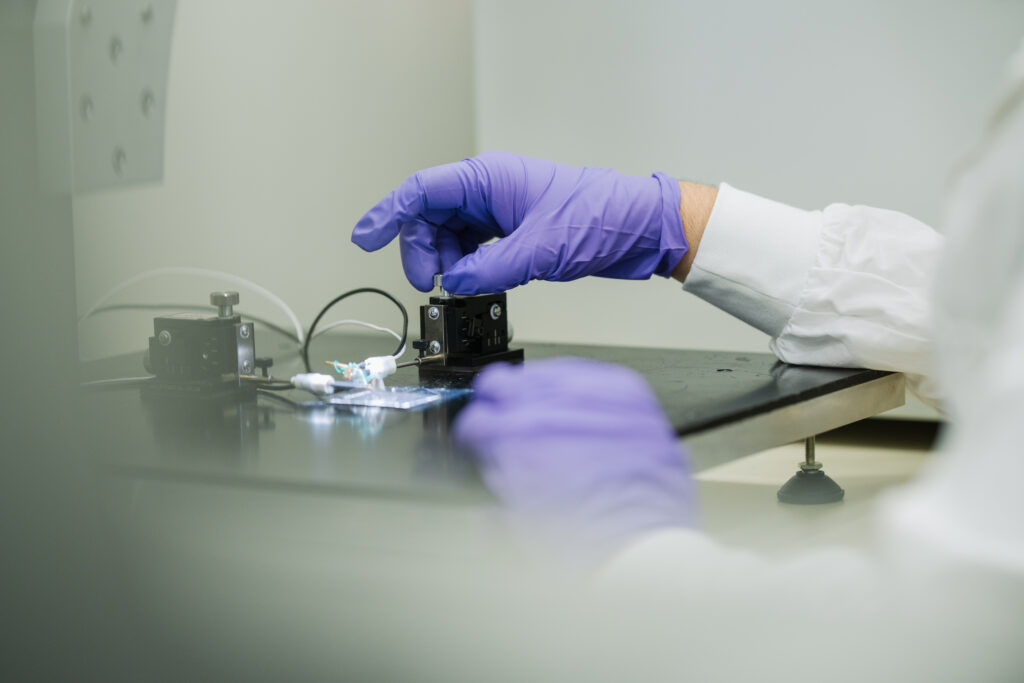
One can read more about the NOA developments in their published papers on flexible ultra-thin solar cells, novel thin film solar cell architectures and light management in thin film solar cells.
Text by Catarina Moura, Science Communication Officer
